Archive
2020
KubaParis
Parasites
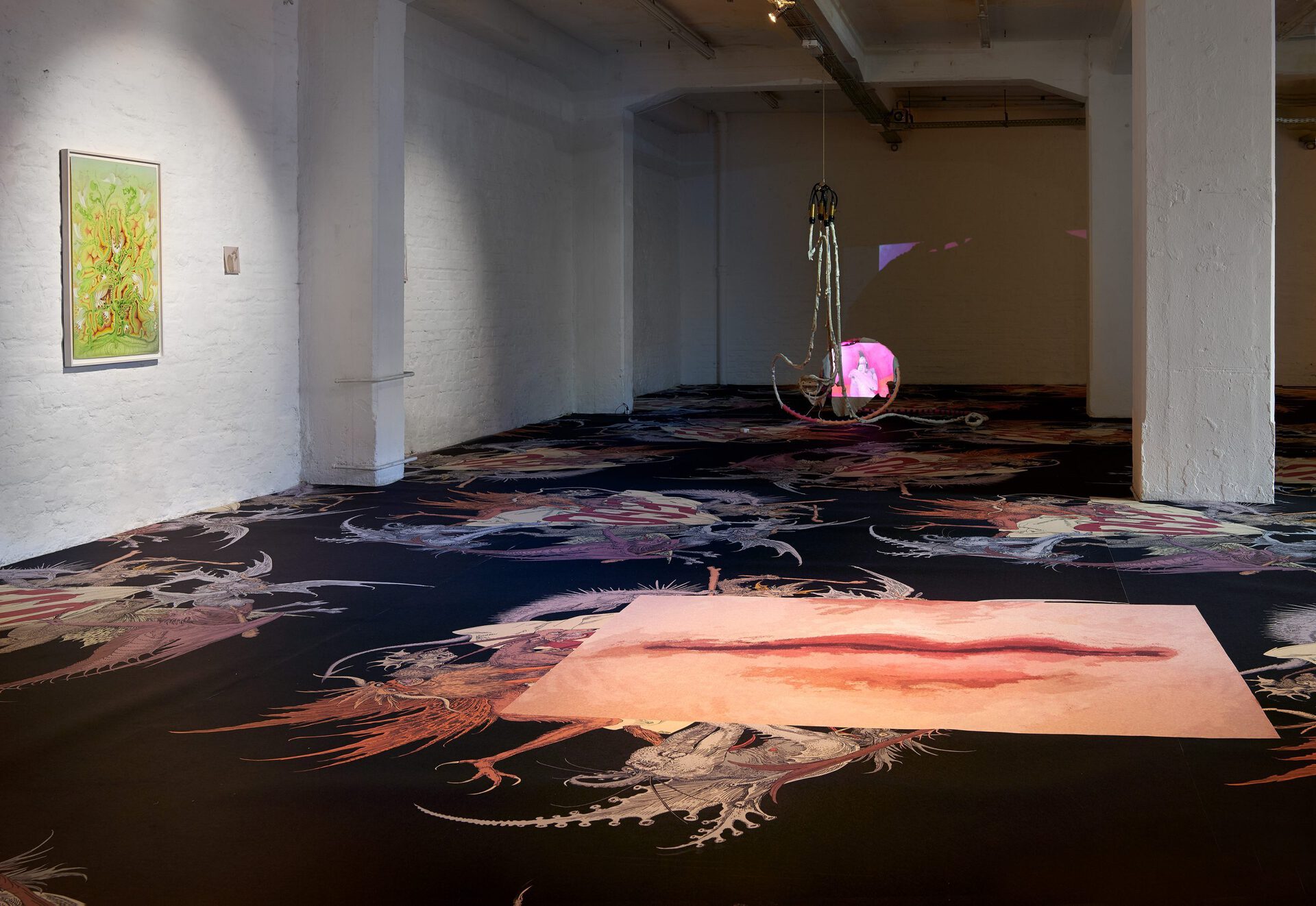
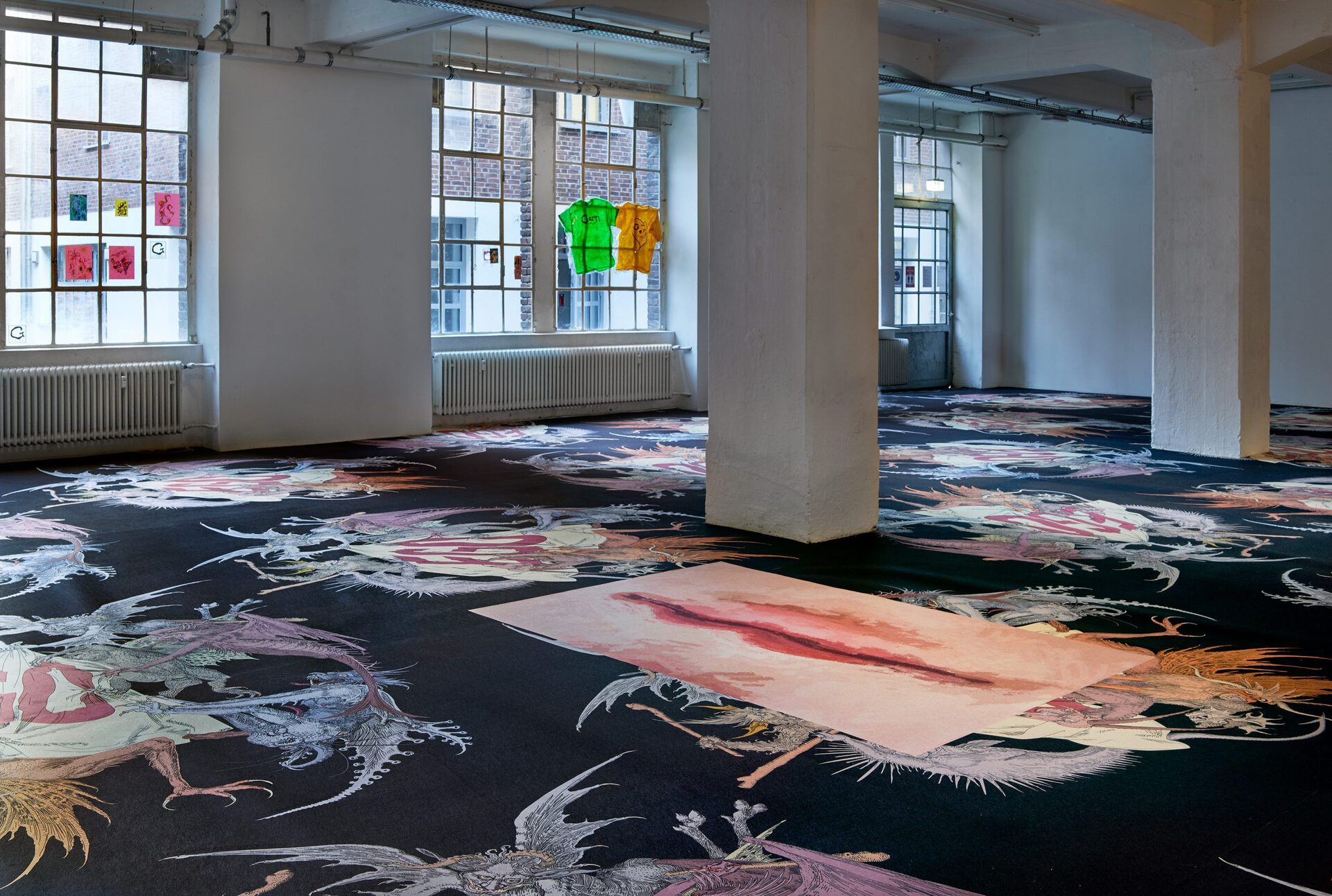
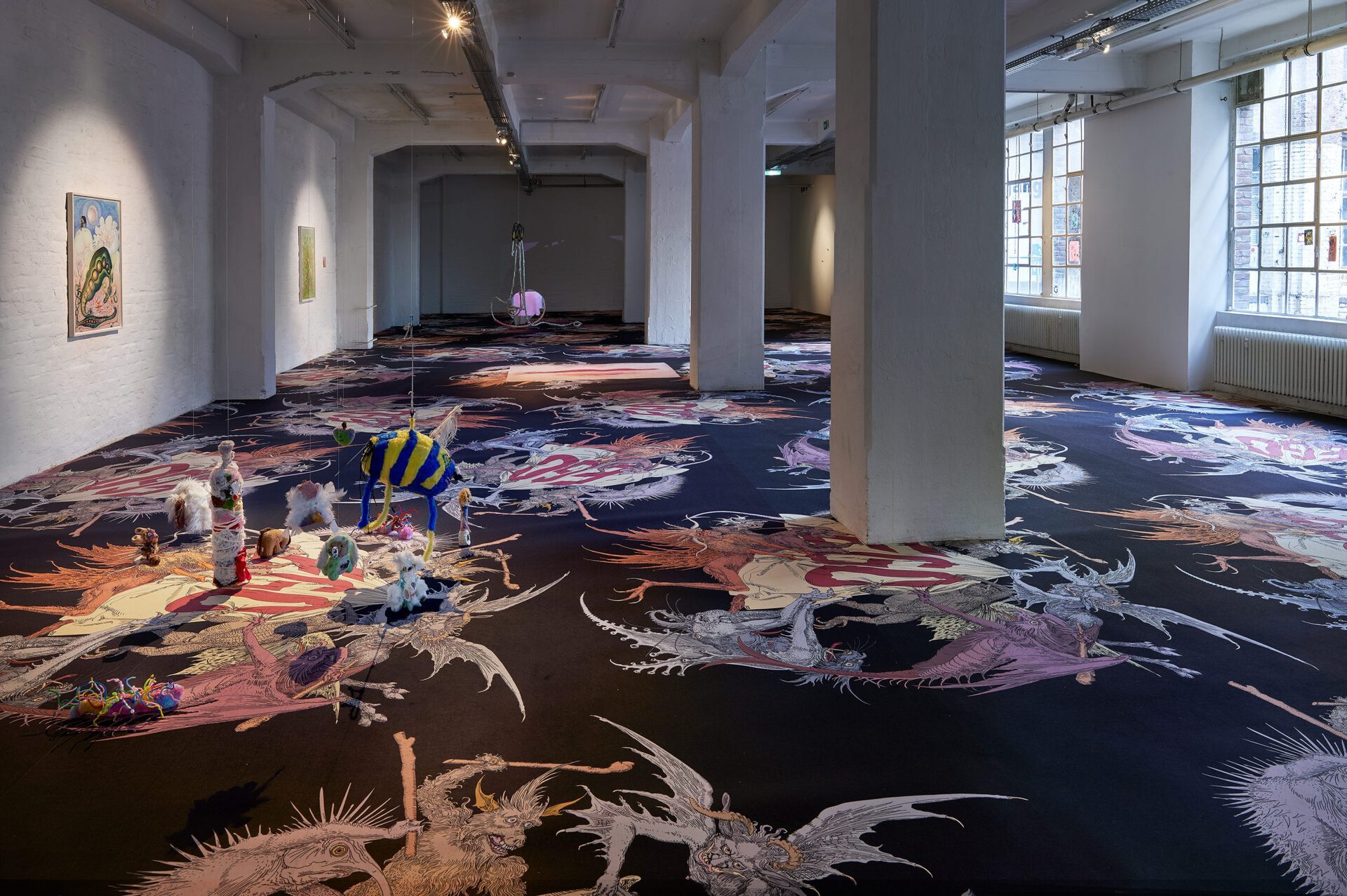
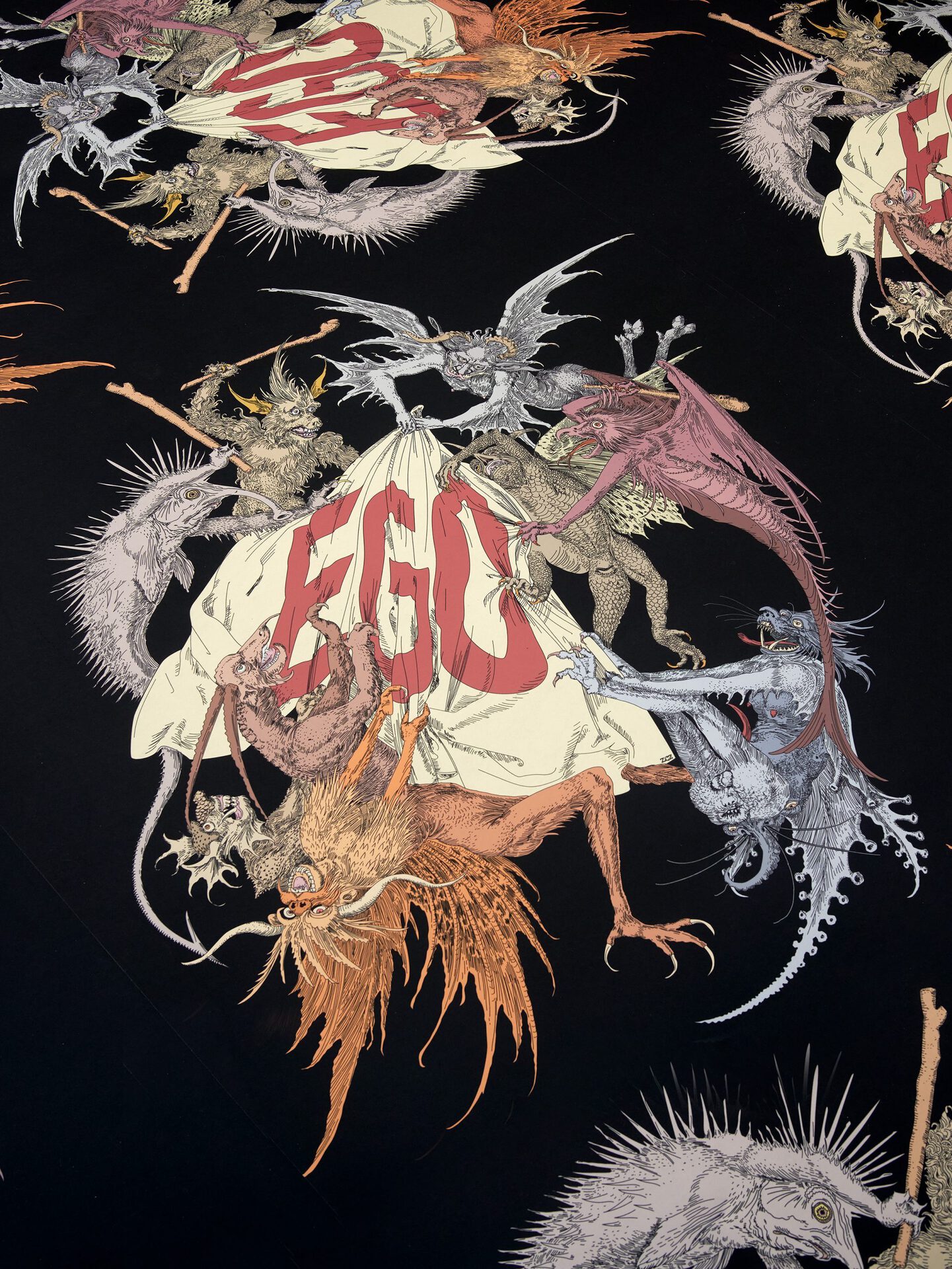
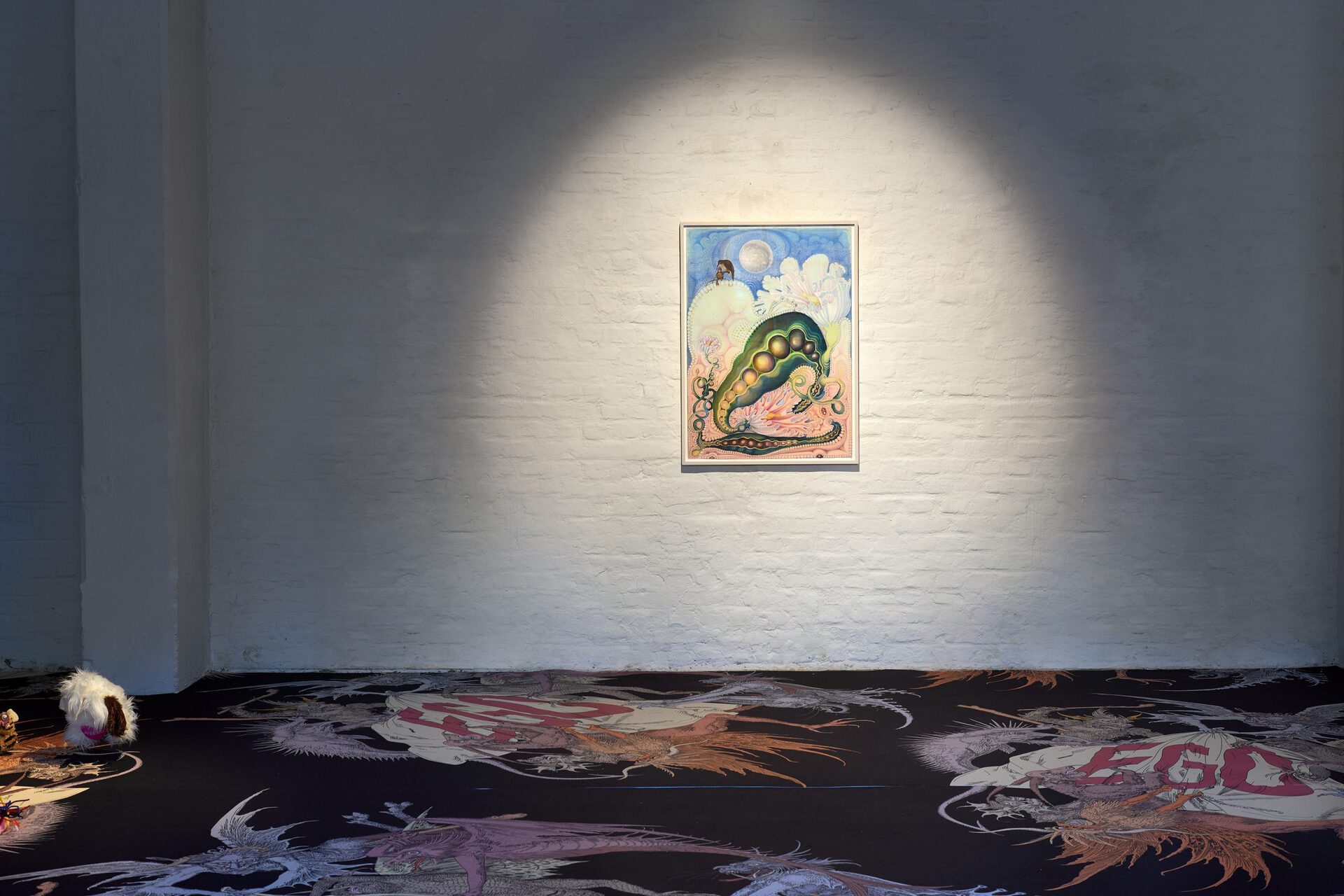


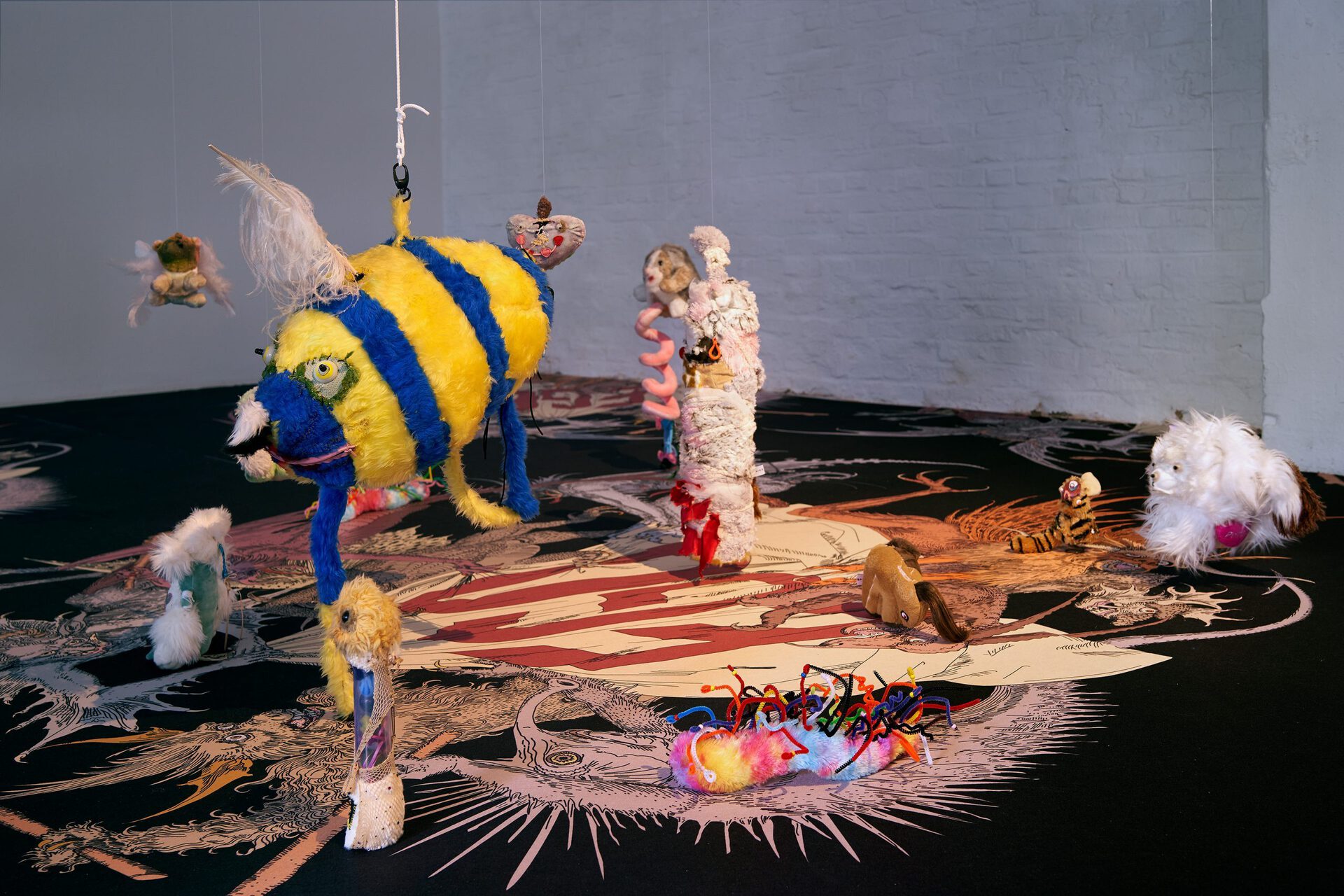

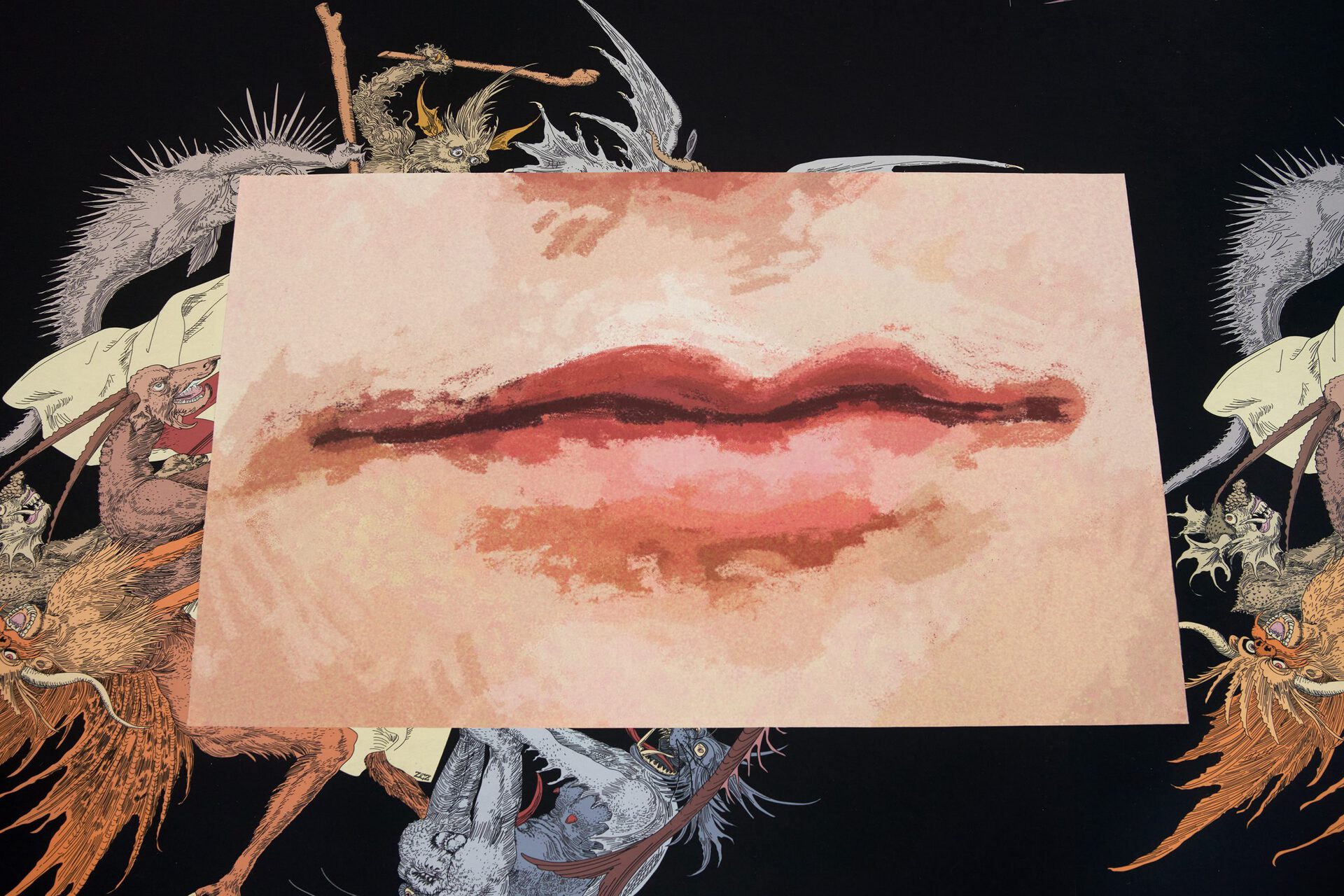
Location
PiK DeutzDate
02.12 –27.02.2021Curator
Lisa KlosterkötterPhotography
Alwin LaySubheadline
Claire Barrow, Zuzanna Czebatul, Miranda Keyes, Kinke Kooi, Magdalena Los, Sinkhole Project and Raphaela VogelText
Parasites
with works by Claire Barrow, Zusanna Czebatul, Miranda Keyes, Kinke Kooi, Magdalena Los, Sinkhole Project und Raphaela Vogel.
The Cologne-based art fair Art Cologne was postponed twice in 2020 due to Corona and the exhibition Parasites in the Cologne project space PiK Deutz followed these postponements. Ultimately, the art fair could not take place, Parasites, though, was realized in December 2020. The annual scheduling, parallel to the art fair, as well as the geographical proximity to the fairground, promises PiK Deutz an abundance of international audience, and in turn the project space offers the audience of the art fair and thus Art Cologne the confrontation with international contemporary art, as well as direct access to the local scene. In the course of this co-existence of the off-scene in relation to commercial art events, Parasites deals with parasitic relationships, dependencies and appropriations of the contemporary art scene. Who conditions whom? How do the ramifications of the various art actors become clear? Who creates impulses and processes? According to Michel Serres, all developmental processes owe themselves to a parasitic intrusion, a progressive impetus towards processes of change and transformation in an existing system. Due to the pandemic and the restrictions and curtailments of the art and culture sector, which have amplified the tension and power imbalance between culture and economy, a new topicality of the subject has arisen.
The parasite is a pathogen. Far away from transforming the nature, form, elements, relations and procedures of a system. But it makes the balance and energy distribution of the system fluctuate. It dopes it, irritates it, clods, condenses, shifts, inflames it. It stimulates it, drives it, sets it in motion or parallelizes it. It changes the energetic state of an existing order.
Bee, Doof, Nux, Immortan Joe, Oracle, Glory, Horse, Slit, Bullet, Tiger, Goro, Nooband Sub Zero, are the names of the 13 characters brought to life by artist and fashion designer Claire Barrow. They are made from old teddy bears, fake fur, things found on the street, beads, pipe cleaners, rope, zippers, synthetic feathers and human hair. The London-based fashion designer and artist draws inspiration from the so-called DIY-culture to apply her art to everything from clothing to the canvas, in physical and digital space. The characters were produced between 2018 and 2020 for her short-film “Fury Road Slits Journey”, which will be released soon. The film is inspired by the childhood experiences of make-believe-games, as well as by the restrictive expectations of society, to make something of one’s life. The objects hang and stand close above Zuzanna Czebatul’s carpet-work, mirroring the constellation of the group of figures depicted there, by hovering over it like a reflection.
The work Des Wahnsinns schöne Kinder by the artist Zuzanna Czebatul, which covers the entire floor of the room, shows a group of figures consisting of 9 demonic beings around a cloth with deep read lettering on it spelling EGO, pulling, tearing and beating it with clubs. The scene is repeated, forming a pattern that stretches across the 300 square meter floor area. In terms of composition and drawing, the pictorial elements borrow from Martin Schongauer copperplate engraving Der heilige Antonius, von Dämonen geplagt (ca 1470). Like the man, centrally placed in the Christian depiction, the cloth cannot defend or protect itself and is at the same time shown as intact in iconographic transfiguration. This tension highlights the structures and aesthetics of power embedded in political ideologies that are at the core of Czebatul's work. A collective Ego occupies space and is simultaneously besieged, tormented, impaired, not least by the developments of the current social and pandemic crisis. The Christian fundamental value systems thematised by taking up the engraving also offer an analogy to the world gone off the rails, creating a globe-spanning macro perspective. The rosette's rhythmic repetition, arrangement, and rotation on its own axis extends the exhibition-space outward, breaking up spatial limitations and expanding them intellectually. The other works in the exhibition are affected by the expansive floor work and both besiege and occupy the carpet.
The cosmos which is expanding here, contracts itself in the works by the Dutch artist Kinke Kooi, in their fluorescent totality, pervaded by fractals. Mature, swollen, enclosing forms, interlocking structures, patterns, ingrown objects, and flexible bodies inserted into interstices. Kinke Kooi's drawings are about caring for a functioning unity, about how the big picture can get lost in the small, reconciling the distance between people and things, bodies and objects, and are drawing attention to how smallness, for all its apparent futility, can be meaningful and alluring.
The gaze that is sucked into Kinke Kooi’s concave curvatures, is also drawn into Raphaela Vogel’s video installation Uterusland; the video shows a woman holding an artificial baby in her arms, while sliding through a claustrophobically narrow, never-ending tube in a dream-like scene. The work is about giving birth to and producing one's own artist identity, an emancipated artistic production, which for Raphaela Vogel always goes hand in hand with an unsparing self-representation that reveals the pressure of the creative urge as both a distress and as strength. In the context of the exhibition, Uterusland addresses the question of the construction of gender: who is born into which body, into which biological sex? The idea of inhabiting one’s own body emerges; the body as a shell, protection and burden at the same time. It is also about the staging of bodily realities such as one’s own birth. The installation, which partly consists of a milking machine, takes up the theme of care work, pregnancy, care for the self and for others, and refers to the role of women as nurtures and hosts of parasitic life.
Magdalene Los’ links her work an artists mouth is there to speak and not to eat as a (supposed) parasite, to Czebatuls work, in that she also had a carpet produced under the same conditions (manufacturer, material, production site), but with the difference that the budget made available to her was about 1/20 of Czebatul’s. In her work, Los makes visible the unequal distribution of material budgets and thus, in general, the hierarchy within the art industry. Among other things, it raises the question of the connection between visibility and possibilities: Who makes the parasite a parasite? Who is a parasite at all?
an artists mouth is there to speak and not to eat depicts a mouth, as entrance and opening to the body, but also as a mouthpiece and communication channel. The mouth is there to eat as well as to speak, and food intake is a basic necessity of life. Artistic work, however, is often not valued as work, but rather as a vocation that has nothing to do with monetary reward (“breadless art”). At the same time, art is attested in the context of freedom, to be able to name things as they really are.
Miranda Keyes' glass objects Loamy Burrs shown in the exhibition are composed of two differently processed transparent and matte surfaces. A bulbous center, and in each case two ends winding in different directions, pointed and wafer-thin, enclose a brown shimmering liquid, which would run out at the ends of the objects as if from a glass pipette, but cannot due to the closed form. There are many associations and poetic images that weave themselves around the forms and which the artist describes in her own texts on the individual works. In Loamy Burrs she speaks of "dome-milked juice" and alludes to the delicate teats or domes of the glass objects, which are almost only visible in the shadow of themselves, and which, in connection with Raphaela Vogel's milking machine, point back to the theme of feeding and being fed by each other. They are also reminiscent of damp, loamy fern and algae or insects persevering on the wall, their shapes echoed in the horns and claws of the demons on the carpet.
Sinkhole Project is a curatorial platform founded in 2016 by Joe Speier in Baltimore, Maryland. Their exhibitions are mostly short-lasting and take place in public spaces, on fences and walls. As part of Parasites, Sinkhole Project was invited to implement a concept within the exhibition (an exhibition within the exhibition), playing on the expansive window front of the exhibition-space. Joe Speier, in turn, invited Gern en Regalia gallery, based in New York (Manhattan, Lower East Side), to exhibit products promoting their gallery program (t-shirts, sticker editions, logos) as part of his concept. In addition, Zoe Brezsny and Mario Miron, who run Gern en Regalia and are close friends with Joe Speier, show their own drawings and paintings. The entire concept addresses the parasitic relationship between artists and the artist run spaces and galleries they operate. The inclusion of another art venue like Gern en Regalia implies the network of these spaces and their initiators, friendships, and mutually beneficial transactional relationships, that form in the interest of distributing and creating platforms for art. "I was attracted to the idea of framing Gern as a stand-alone artwork alongside the drawings/paintings of Mario and Zoe (the Gern directors)," says Joe Speier. "I was interested in exhibiting the shirts, because they function as an advertisement for a gallery that is so small that it never generates sales and isn’t really running a business. That challenges the nature of spaces run by artists as businesses and as extensions of their creative practices.”
Suddenly I wonder whether evolution itself is not the work of parasites, from a certain point of view. Whether, between evolution and parasitism, there might not be cycles of causes and effects, in open circuits with feedback. (Michel Serres: The Parasite, 1980)
Lisa Klosterkötter